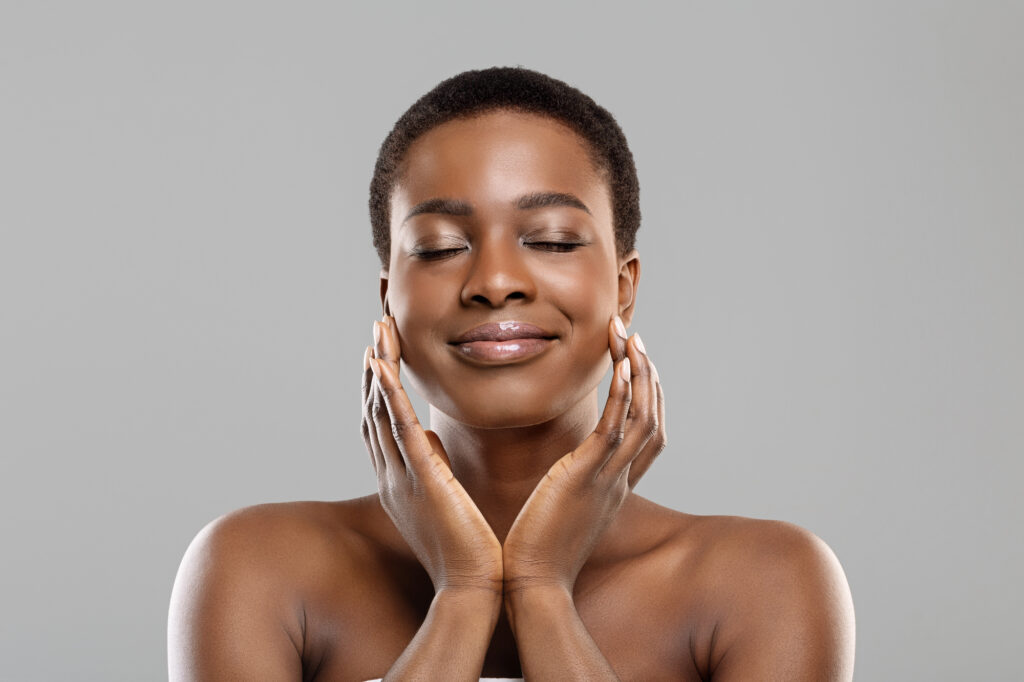An elderly friend of mine once said to me, “Aging isn’t for sissies.” She was talking mainly about the physical difficulties of getting older, and especially the aches, pains, and difficulty in doing things that were formerly easy. To...

An elderly friend of mine once said to me, “Aging isn’t for sissies.” She was talking mainly about the physical difficulties of getting older, and especially the aches, pains, and difficulty in doing things that were formerly easy.
To add insult to injury, though, we often feel critical about our appearance as we age, as if it were a sign of weakness instead of an inevitable part of living. Getting older is not a personality defect; it’s an inherent part of being human.
The Buddha talked about aging a lot. He listed it as one of the descriptions of dukkha, which means suffering or unsatisfactoriness.
See also:
“Aging with Wisdom: Reflections, Stories and Teachings” by Olivia Ames Hoblitzelle “Aging as a Spiritual Practice,” by Lewis Richmond Self-compassion: Loving-kindness squared Practicing mindfulness of facesHe also talked about youth as something we get intoxicated with. We become convinced when we’re young that we’re of a different nature from those who are old, forgetting that we’re all on a continuum. But because of this intoxication, which becomes a kind of addiction, we have difficulty accepting the fact of aging.
Today I led a meditation from in front of my bathroom mirror. I’m going to explain what i did, so that you can practice it as well.
To do this meditation you’ll have to be in a place where you can see yourself in a mirror. You should be able to see at least your face, but preferably your whole upper body. My bathroom mirror was ideal.
One thing that’s important but not obvious is that the place where you do this should be brightly illuminated. You don’t want to do this meditation in dim light, because looking for a prolonged period of time at your own face in a dark place can confuse your brain’s visual circuitry, leading to odd illusions. Let’s avoid that.
You could be sitting or standing depending on what’s convenient for you.
We’ll be meditating with the eyes open. And let the eyes be a little soft, by allowing the muscles supporting the eyes to be at rest.
You also shouldn’t stare, but should let there be a gentleness in your focus.
Also, don’t keep your eyes fixed on one spot. The image is your object of mindfulness, so let your eyes gently explore it.
With the eyes soft, notice the sensations of the breathing. And perhaps also seeing the rise and fall of the breath in the mirror.
And let your eyes be kind as well, remembering what it’s like to look with kindness, and reconnecting with that experience. And you might be able to see that kindness in your own eyes as you’re regarding your reflection.
Now, most of us judge our own appearance more harshly than we do the appearance of others. So we focus on blemishes, wrinkles, gray hair, and flesh that’s no longer as firm as it used to be. And we tend to judge those things.
When you see them in another person, they’re just part of that person’s appearance. They could have exactly the same blemishes and wrinkles and gray hairs and saggy parts as we have and we think they’re a beautiful person. We might love those features that they have.
So just see if you can appreciate the texture and the detail of your own appearance, without judgment, in the same kind and appreciative way that you would if this was another person you were seeing.
You can even drop in some words of appreciation. So seeing a wrinkle, a grey hair, or some other feature of the face, you can say to yourself:
“How beautiful that is! How beautiful is this sign of humanness!”
Repeat this a few times.
And you can say to yourself, to yourself as a whole now, not just talking to a feature as you did a little while ago:
“Aging is inherent in human life. May I meet aging with grace and dignity.”
Repeat this a few times.
“Aging is inherent in human life. May I meet aging with grace and dignity.
“Aging is inherent in human life. May I meet aging with grace and dignity.”
And there’s one more phrase I’d like to suggest, that we can say to ourselves. It’s
“May I support myself with kindness as I age.”
So repeat that a few times as well:
“May I support myself with kindness as I age. May I support myself with kindness as I age.”
And so you can just continue in this way for the rest of this period of practice, however long you’ve chosen to meditate for. Just keep regarding yourself with kind eyes, and be accepting and appreciative of signs of aging and other imperfections.
Guided Meditation
The following meditation is “Sitting With Bodhi”-style. This means that although the recording is ten minutes in length, you’re invited to continue for longer. I’d suggest that before you begin you set a timer for at least 15 minutes.
This recording is one of those I’ve recorded for Wildmind’s sponsors. If you’d like to find out more about what that means, click here.













